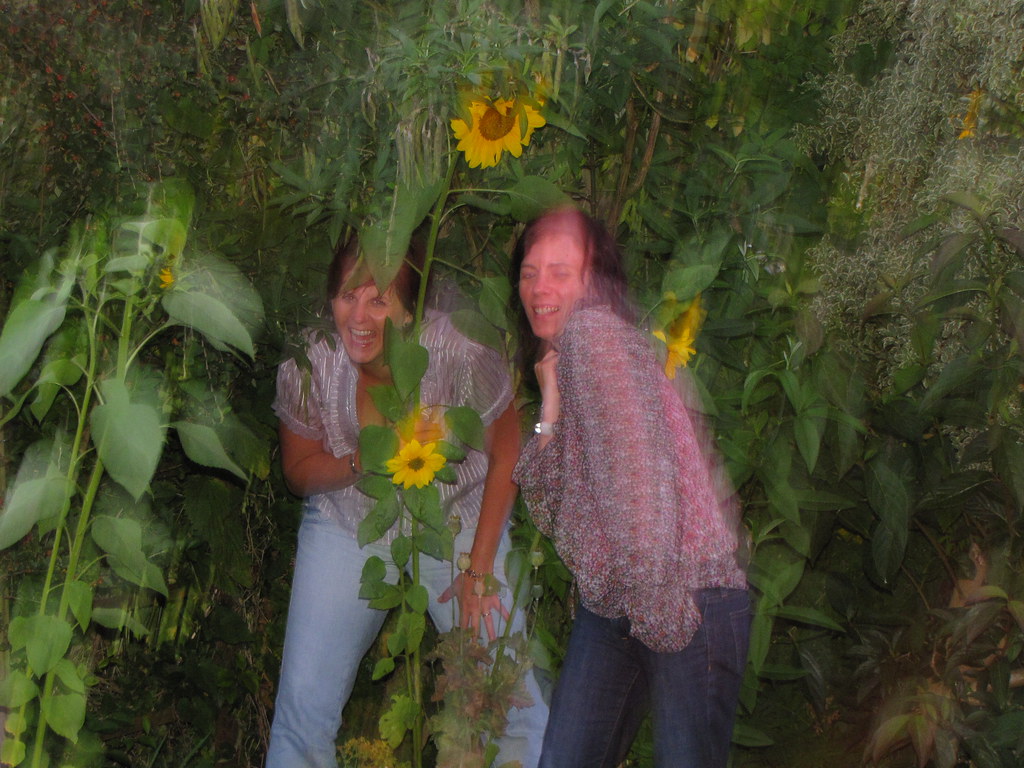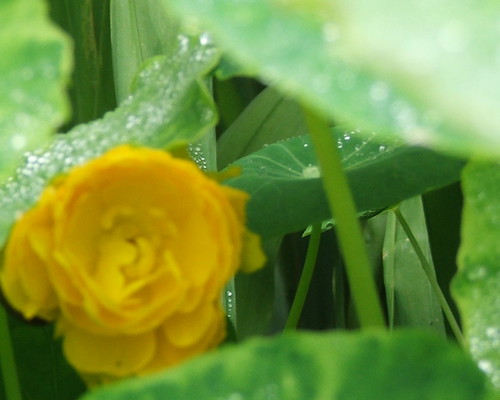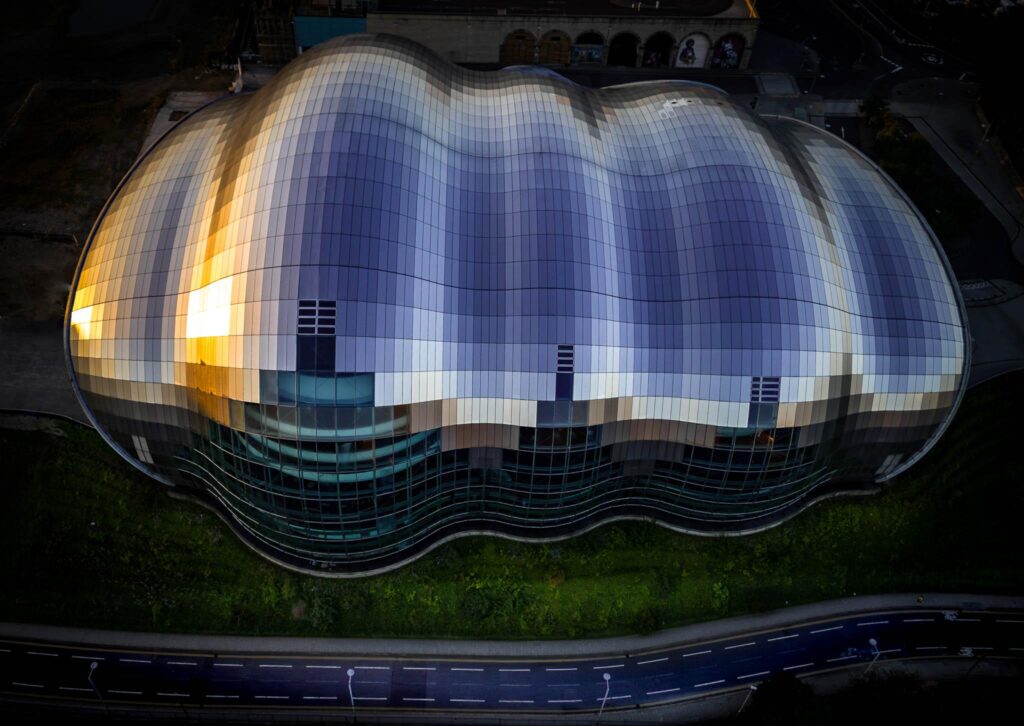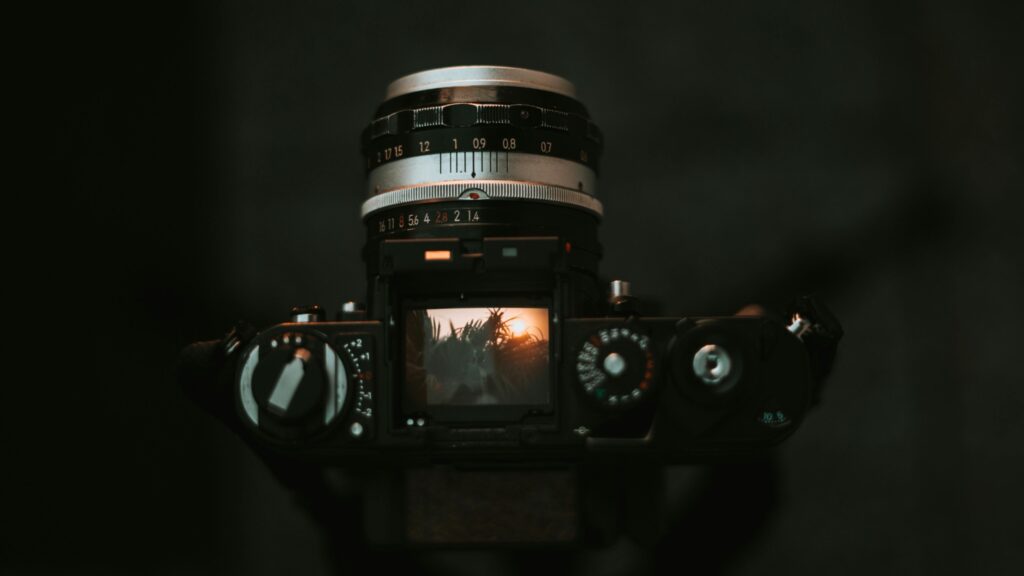It’s not stretching the truth much – if at all – to say that creative people are die-hard perfectionists when it comes to their work. It doesn’t matter what the field or medium – painters, musicians, authors, photographers. We often obsess over getting a shot “just right.” Of course, “just right” is a subjective assessment and applies mostly to the way each of us interprets our own creations. But there are indeed some criteria that, perhaps, lean at least slightly more toward the realm of objectivity when it comes to determining what a good shot consists of – composition, exposure, depth of field, quality of out-of-focus areas. And sharpness.
What good is a photo if it isn’t sharp? Things like exposure and composition are of little consequence if your shot is unintentionally blurry, fuzzy, soft, whatever you whish to call the lack of sharpness. Every photographer strives for sharp, crisp images, and the fact that any photographer has ever struggled with this simply serves as evidence that achieving sharp images isn’t guaranteed; it can be a real challenge.
Before delving into some of the strategies that will help you make sharp photos on a regular basis, it might be of use to talk about why one might fail to get sharp images in the first place.
Why So Blurry?
- Camera Shake – One of the most common culprits of blurry shots is an unsteady camera, often the result of attempting to handhold the camera at too slow a shutter speed.

- Missed Focus – Another problematic source is poor focus. This could be focusing on the wrong part of the subject, missing focus due to very narrow depth of field, or being too close to the subject to get it properly focused.
by mscaprikell, on Flickr
- Subject Movement – Attempting to photograph a moving subject requires a suitably fast shutter speed. Without it, you will end up with a blurred image.
by Mr. T in DC, on Flickr
- Digital Noise – You’ve surely encountered “noisy” images – ones blanketed in snow-like grain. Even if the shot was properly focused, an overabundance of noise will cause it to look soft.

Now that we’ve identified the problem, we can get busy trying to solve it.
1. A Steady Hand – Shaky hands equal a shaky camera; a shaky camera leads to blurry photos. It may seem unfair to point out this unavoidable fact of human physiology, but there is something you can do to help minimize camera shake: keep both hands on the camera, keep your elbows and the camera close to your body, and use any available solid structure to support yourself (lean against a wall or a tree, for instance).
2. Shutter Speed – Once you’re using good handholding technique, shutter speed should be your next consideration. If you keep the shutter speed high enough, you’ll largely negate the blurring effects of both hand shake and moving subjects. How fast is fast enough when it comes to shutter speed? The rule of thumb is to set a shutter speed equal to or faster than the focal length of whatever lens you’re using. If you are using a 50mm lens, then you’ll want to set your shutter speed to 1/50 or faster. Using a 200mm focal length will require a shutter speed of 1/200. If you are working with a crop sensor camera, be sure to multiply the focal length by the crop factor (typically 1.5 or 1.6); a 200mm focal length on a camera with a crop factor of 1.6 would then yield a shutter speed of 1/320.
3. A Tripod – Using a tripod is probably the ultimate means of eliminating camera shake, assuming you’re using a sturdy, high quality tripod. Sure, they can sometimes be a hassle to carry around, but there are many situations where you will be happy you have a tripod with you.
4. Image Stabilization – For those times when you can’t or don’t want to use a tripod, your handheld results can be greatly improved by using a lens (or camera body, in the case of some manufacturers) equipped with image stabilization. Image stabilization is implemented in a variety of ways across lenses and cameras and is an ever-evolving technology, currently capable of providing 4 or 5 stops of stabilization. It does not help with freezing action, however; image stabilization simply allows you to successfully use slower shutter speeds while handholding the camera.
5. Aperture – Larger apertures create narrow depth of field and, generally, beautiful bokeh. But the extremely shallow depth of field created by shooting at f/1.4, for example, makes it difficult to focus accurately. To remedy this, you can use a tripod or stop your lens down to increase depth of field. If you choose to handhold your camera even at large apertures, be sure to check and re-check focus.
6. Lens Quality – It shouldn’t come as a surprise that lens quality can have a significant impact on image sharpness. Prime lenses are widely considered to be sharper than zoom lenses. There are a few exceptions, but a number of these exceptions also come with exceptionally high price tags. You don't need to spend a fortune on a lens, though; just make informed decisions.
7. Lens Sweet Spot – Lenses tend to have a segment in their aperture range that is noticeably sharper than the rest of the range, often referred to as the “sweet spot.” This spot is usually 2.5 to 3 stops from the lens’ maximum aperture. Discover your lens’ sweet spot and use it instead of shooting wide open.
8. Manual Focus – Sometimes your camera’s auto focus system gets it wrong or simply fails to lock focus. If your camera is struggling to focus the way you want it to, it’s time to take matters into your own hands and switch to manual focus. This is especially helpful with macro photography and shooting at wide apertures.
9. ISO – Using a higher ISO means the camera’s sensor is more sensitive to light, which means you can use a faster shutter speed. The downside is that if the ISO level goes too high you’ll end up with noisy images. Luckily, many newer DSLRs handle high ISO levels quite well.
10. Clean Lenses – Yes, it seems painfully obvious, but too many people neglect proper maintenance of their lenses. Think about the view you get when looking through a dirty window; a dirty lens is much the same. Keep your glass free of dirt and smudges. This is a remarkably easy step to take toward sharp images.
In your quest for razor sharp images, make as many of these tips as you find applicable a regular part of your routine. Odds are you will be impressed by the improvements you see.







4 Comments
Good article! Nice tips.
While still not always perfect, I noticed the sharpness of my hand-held shots improved dramatically when I started trying to photograph through small cage wires at the zoo.
Paying annual membership each year, with unlimited visits, I was able to go about 40 times in the first year and I noticed that many of my other non-zoo images improved too.
I also have to remember while on an afternoon’s walk (which can leave me breathing heavily due to a heart condition), that I need to stop and wait for my breathing to calm down before I take a photo. Many’s the time I’ve scored ‘soft’ focus because my hands are shaking too much (with my heavy breathing).
I’m very sensitive to the sharpness of my shots, so I’ve appreciated very much this tip.
In my practice, in macro photography of flowers, to completely avoid the camera shake, I’ve got vood results using the tripod and the self-timer setting on camera.
What do you think about this solution?
Tks.
Yep, the tripod/self-timer combination is very reliable!